Political Law at Italy
Political law in Italy is governed by the Constitution of the Italian Republic, which establishes Italy as a parliamentary representative democratic republic. The political system is based on the separation of powers between the Executive, Legislature, and Judiciary, and the Constitution provides a framework for the organization of the state, the protection of individual rights, and the relationship between the various political institutions.
Here’s an overview of political law in Italy:
1. The Constitution of Italy
The Constitution of Italy was adopted on December 22, 1947 and came into effect on January 1, 1948. It is a fundamental document that outlines the political and legal structure of the country. The Constitution sets forth the Republican form of government, defines the roles of the State’s institutions, and guarantees the protection of human rights.
Key points of the Italian Constitution include:
Republican form of government: Italy is a republic, not a monarchy. The country rejects the idea of aristocracy or hereditary privilege.
Separation of powers: The Constitution separates powers among the Executive, Legislative, and Judicial branches of government.
Guarantee of rights: The Constitution protects individual rights and freedoms, including freedom of speech, assembly, and religion, and safeguards social and economic rights.
2. Political System
Italy has a parliamentary system with a bicameral legislature. The country's government consists of the President of the Republic, the Prime Minister, and a Cabinet of Ministers.
Head of State: The President of the Republic (presidente della Repubblica) is the ceremonial head of state, elected by an electoral assembly comprising members of both houses of Parliament (Chamber of Deputies and Senate) and regional representatives. The President’s role is largely symbolic, but the position holds important duties, such as:
Appointing the Prime Minister and other members of the government.
Presiding over the Council of Ministers (Cabinet meetings).
Representing Italy internationally.
Enacting laws passed by Parliament (though he or she can also refer them to Parliament for revision if necessary).
Head of Government: The Prime Minister (President of the Council of Ministers) is the head of government and is responsible for forming the government, managing the country’s political agenda, and implementing laws. The Prime Minister is appointed by the President of the Republic and must be approved by the Chamber of Deputies (lower house of Parliament).
Cabinet: The Cabinet, consisting of ministers (appointed by the Prime Minister), is responsible for the administration of various sectors, such as defense, foreign affairs, and public administration. The Cabinet implements government policies and enacts laws.
3. Bicameral Legislature
Italy has a bicameral parliamentary system consisting of two chambers: the Chamber of Deputies (Camera dei deputati) and the Senate of the Republic (Senato della Repubblica).
Chamber of Deputies: This is the lower house of Parliament, and it is composed of 400 members, who are directly elected through a mixed electoral system (a combination of proportional representation and first-past-the-post). Deputies serve a five-year term.
Senate of the Republic: The Senate is the upper house of Parliament and consists of 200 members. Senators are elected through a mixed system, similar to the Chamber of Deputies. The Senate includes representatives from regions in Italy and can propose and amend laws, but it must work in collaboration with the Chamber of Deputies.
Both houses of Parliament must agree on most matters of legislation, and the President of the Republic’s powers are exercised in consultation with them. The two chambers have equal legislative power, and they both must approve laws.
4. Electoral System
Italy uses a mixed-member proportional system for parliamentary elections. This system combines proportional representation and majoritarian elements.
Chamber of Deputies: 400 deputies are elected, with a mix of 232 members elected through single-member districts (first-past-the-post) and 168 through proportional representation from party lists.
Senate: The Senate has 200 members, with 122 elected in single-member districts, 58 elected through proportional representation, and the remaining 20 senators are appointed to represent the regions.
Electoral Law: Political parties must meet a certain threshold of votes to gain seats, which is typically set at 3-5%. This electoral system ensures that smaller parties also have representation in Parliament.
5. Judiciary
Italy has an independent judiciary that plays an essential role in ensuring the rule of law and the protection of individual rights. Key components of the judicial system include:
Constitutional Court: The Constitutional Court of Italy (Corte Costituzionale) has the power to review the constitutionality of laws passed by Parliament. It is composed of 15 judges, appointed for a term of 9 years.
Supreme Court of Cassation: The Corte di Cassazione is the highest court of appeal in Italy, responsible for ensuring the uniform interpretation of law across the country.
Lower Courts: These courts handle civil, criminal, and administrative cases, and they include Court of Appeal, District Courts, and Regional Administrative Courts.
Public Prosecutor: The Public Prosecutor (Procuratore della Repubblica) is responsible for investigating and prosecuting criminal cases in Italy.
6. Political Parties and Ideologies
Italy’s political system is characterized by a multiparty system, meaning that multiple political parties exist, representing a range of ideological positions. Historically, Italy has had a fragmented party system, but in recent years, several large parties have dominated the political scene.
Key political parties in Italy include:
Partito Democratico (PD): A center-left political party that generally advocates for social democracy, pro-European Union policies, and economic reforms.
Lega (League): A right-wing party that focuses on nationalism, regional autonomy, and a tough stance on immigration.
Fratelli d’Italia (Brothers of Italy): A far-right party with strong nationalist and conservative positions.
Movimento 5 Stelle (Five Star Movement): A populist and anti-establishment party that has grown in influence over recent years. It advocates for direct democracy and social welfare.
Forza Italia: A center-right party founded by former Prime Minister Silvio Berlusconi, advocating for liberal economic policies.
The diversity of political parties, often with shifting alliances and coalitions, contributes to Italy's political volatility.
7. Regions and Autonomy
Italy is divided into 20 regions, each with its own government and legislature. Some regions, such as Sicily and Trentino-Alto Adige/Südtirol, have special autonomous status, which grants them greater control over local matters, such as education and health care.
The regions play a significant role in the Italian political system, particularly through their representation in the Senate of the Republic (which has regional representatives). Additionally, regions can introduce and enact laws concerning their specific regional needs.
8. Human Rights and Civil Liberties
The Constitution of Italy guarantees the protection of human rights and fundamental freedoms. These rights are enshrined in the first part of the Constitution, which outlines a range of civil, political, and economic rights, including:
Freedom of speech
Freedom of assembly
Freedom of religion
Equality before the law
Italy is also a member of the European Union, and as such, is subject to EU law, including human rights protections provided by the European Convention on Human Rights and other EU directives and regulations.
9. Political Stability and Governance Challenges
While Italy is a stable democracy, its political system has faced various challenges:
Government instability: Coalition governments are common in Italy, and frequent changes in leadership and shifting coalitions have sometimes led to political instability.
Corruption: Corruption scandals have plagued Italian politics over the years, undermining public trust in political institutions.
Economic Issues: Economic challenges, such as high public debt, unemployment, and income inequality, continue to be important issues in Italian politics.
10. Recent Political Developments
In recent years, Italy has faced political turbulence, including the rise of populist and anti-establishment parties like the Five Star Movement and League. Additionally, debates surrounding Italy's role in the European Union, immigration policies, and economic reforms have played a significant role in shaping the political agenda.
Conclusion
Political law in Italy is governed by the 1945 Constitution, which provides for a parliamentary democratic republic with a bicameral legislature, a President of the Republic, and a Prime Minister. The Constitution guarantees fundamental rights and freedoms and outlines the structure of the government. Italy’s political system is characterized by a multiparty system with frequent coalition governments, and while it enjoys political stability, it faces challenges such as corruption, economic difficulties, and government instability.


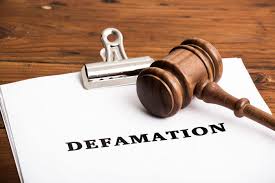



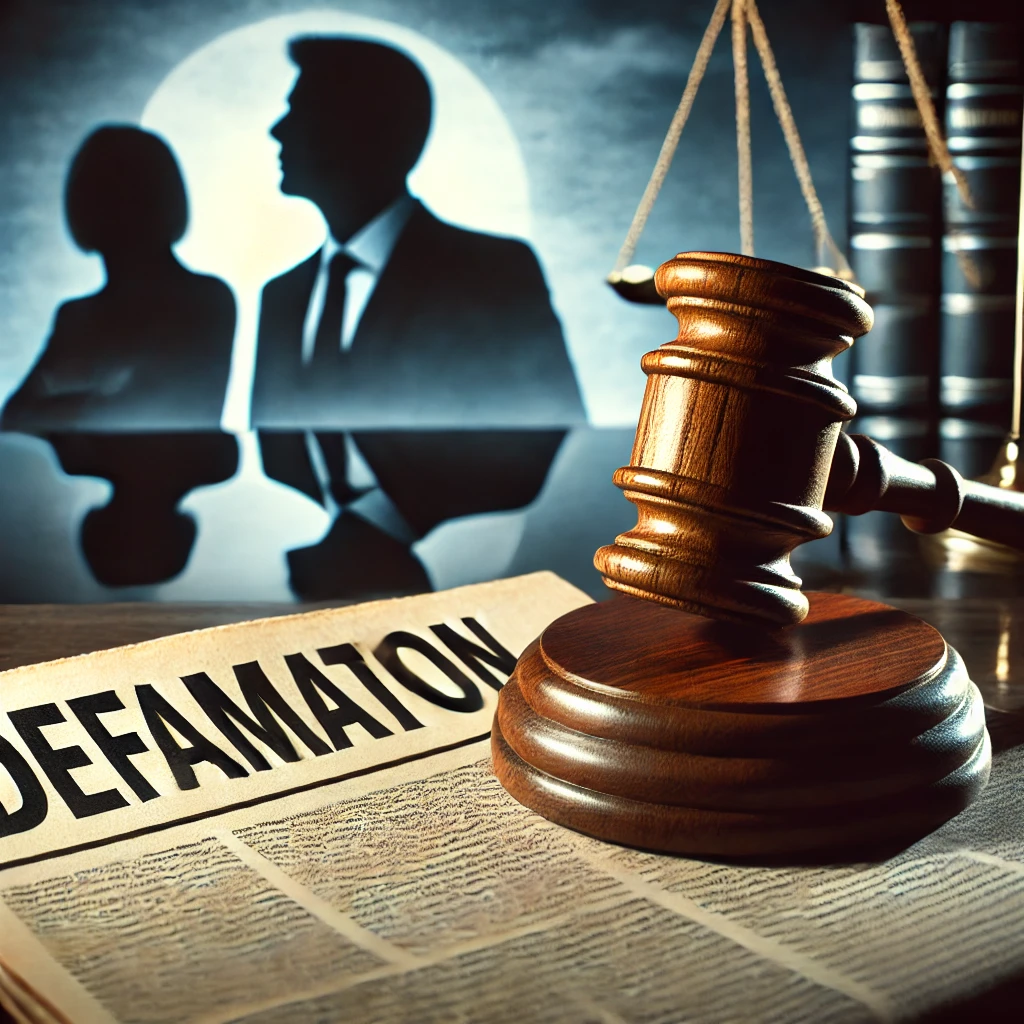
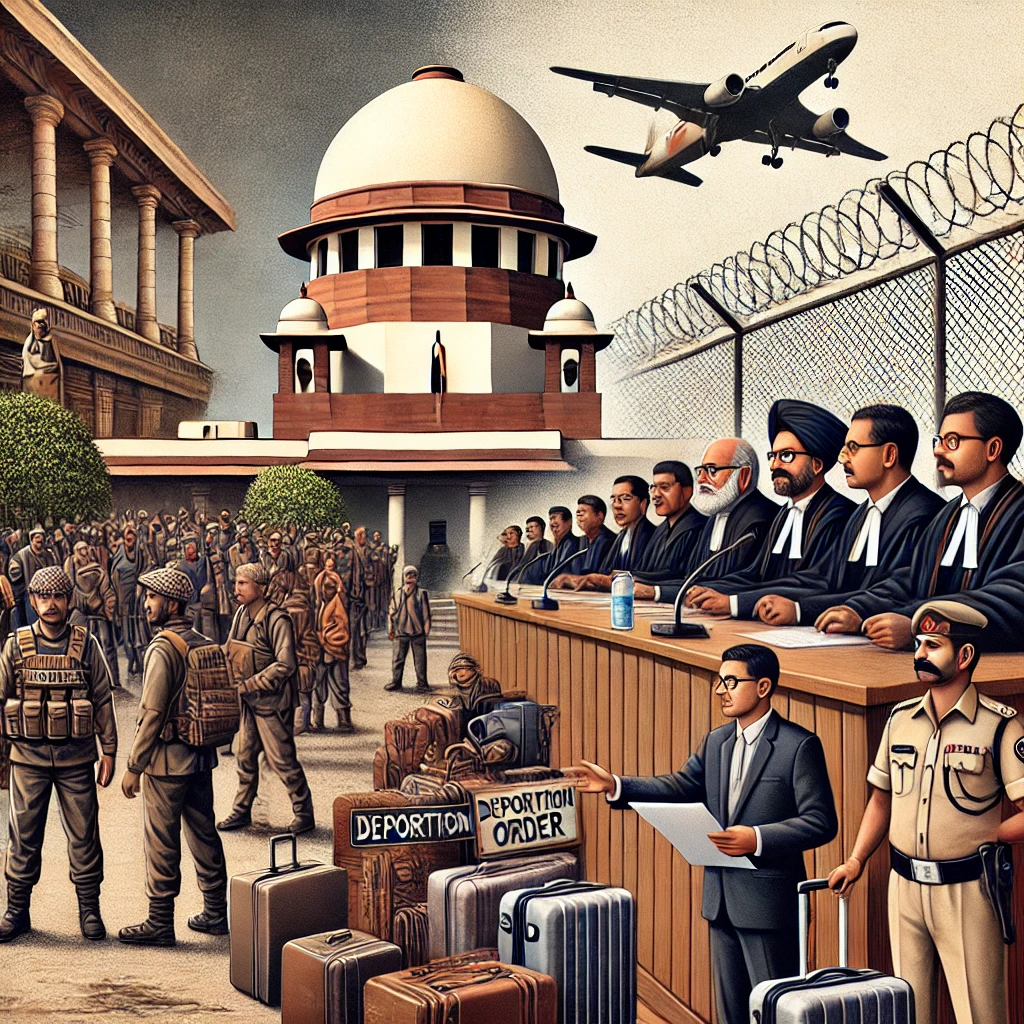

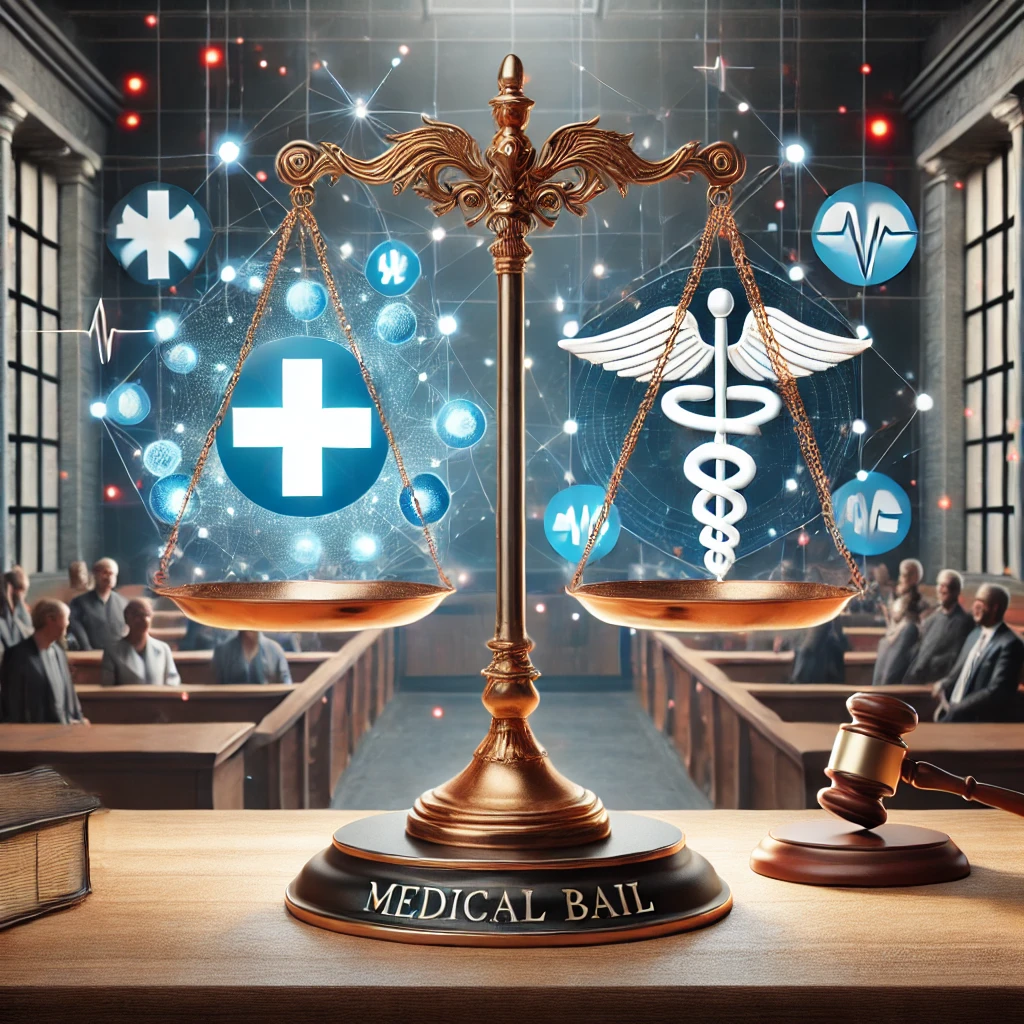











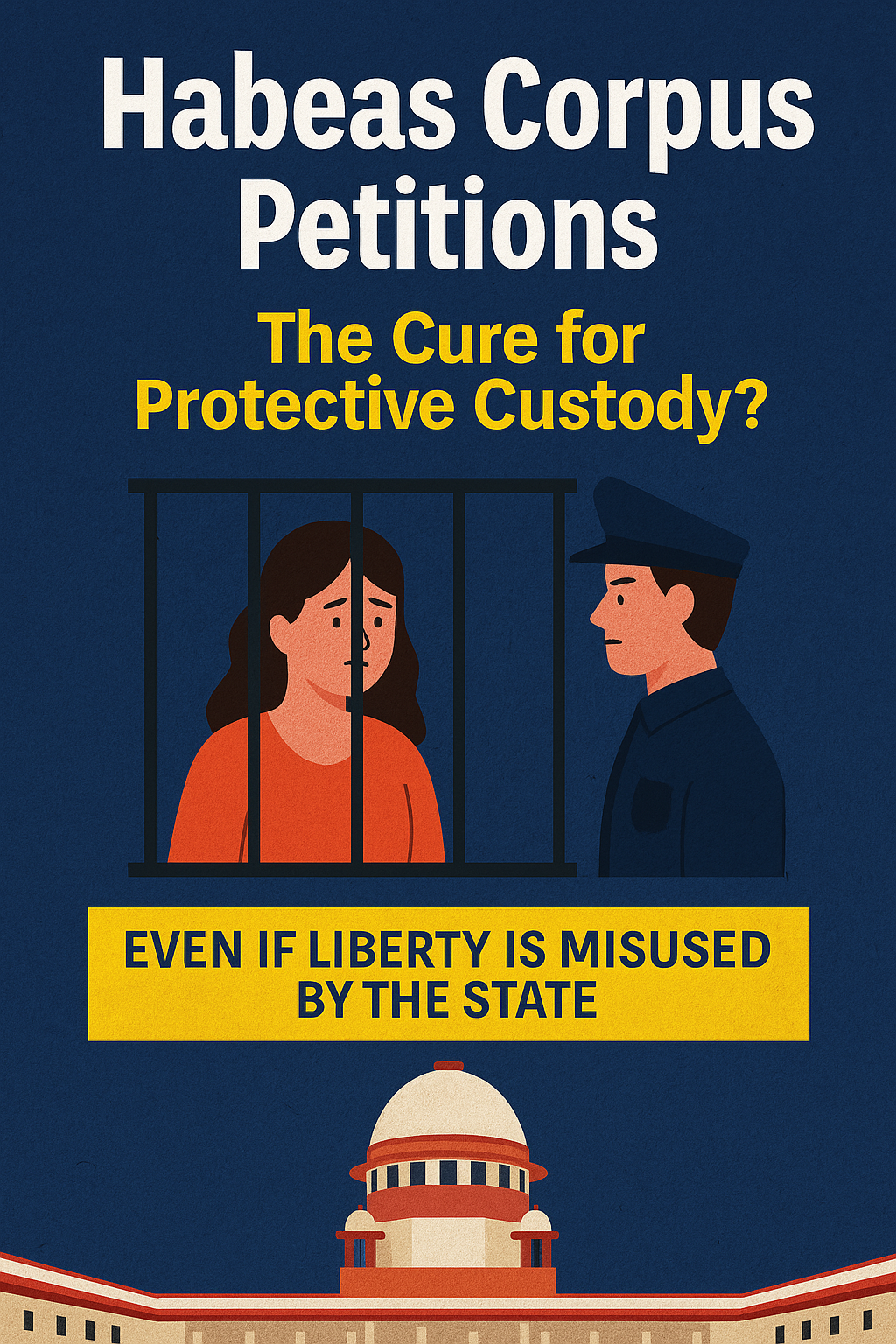
0 comments